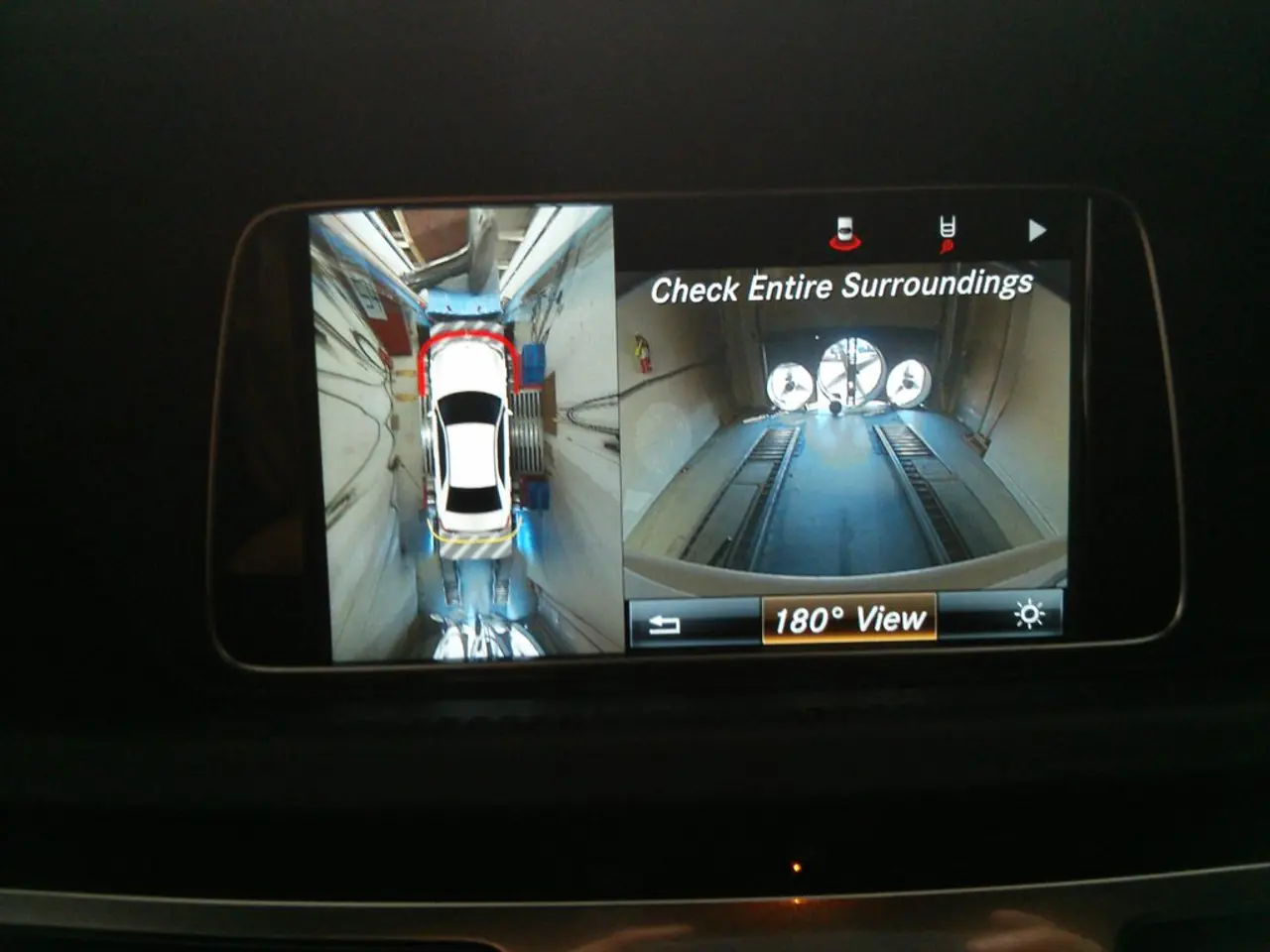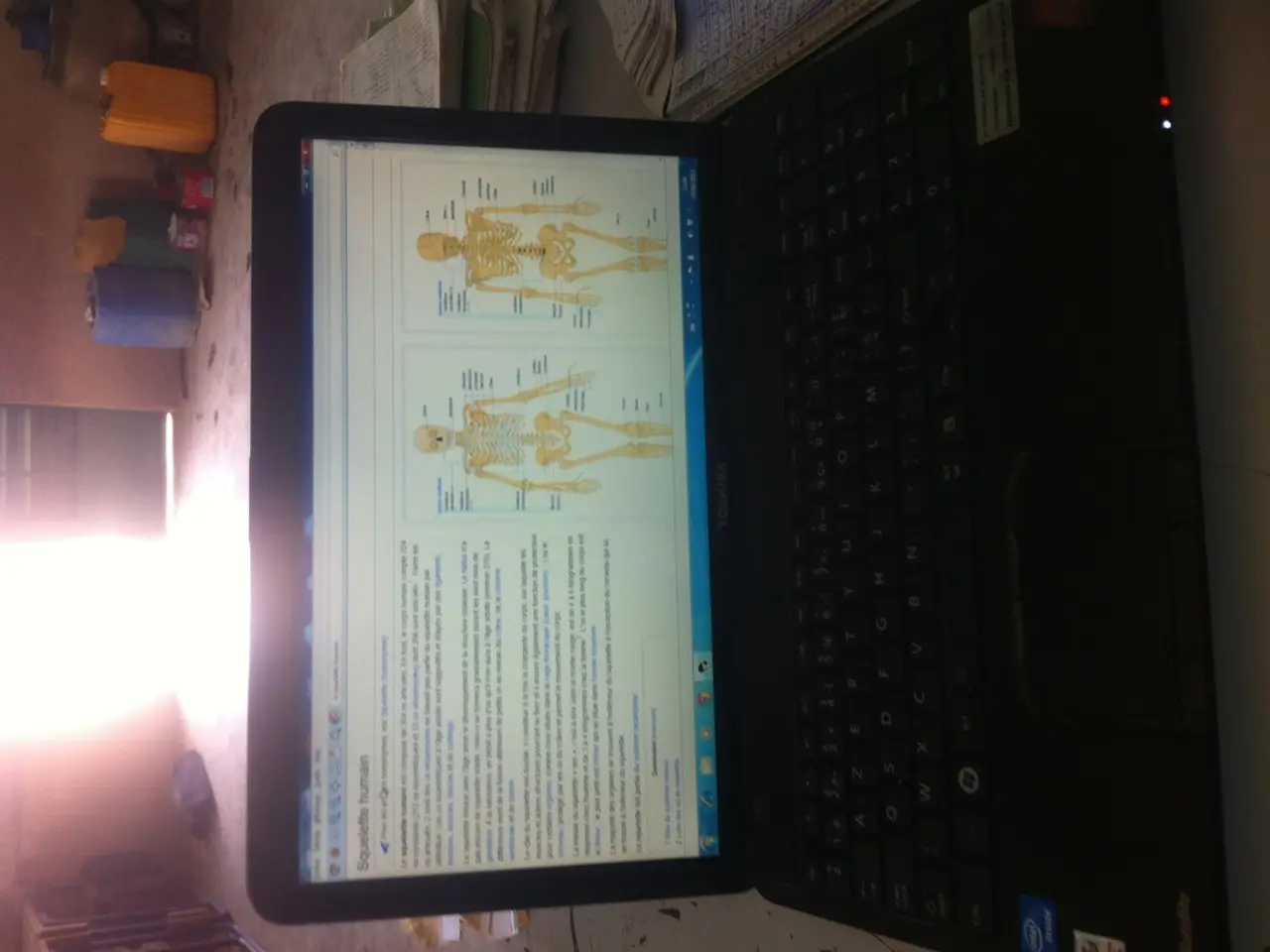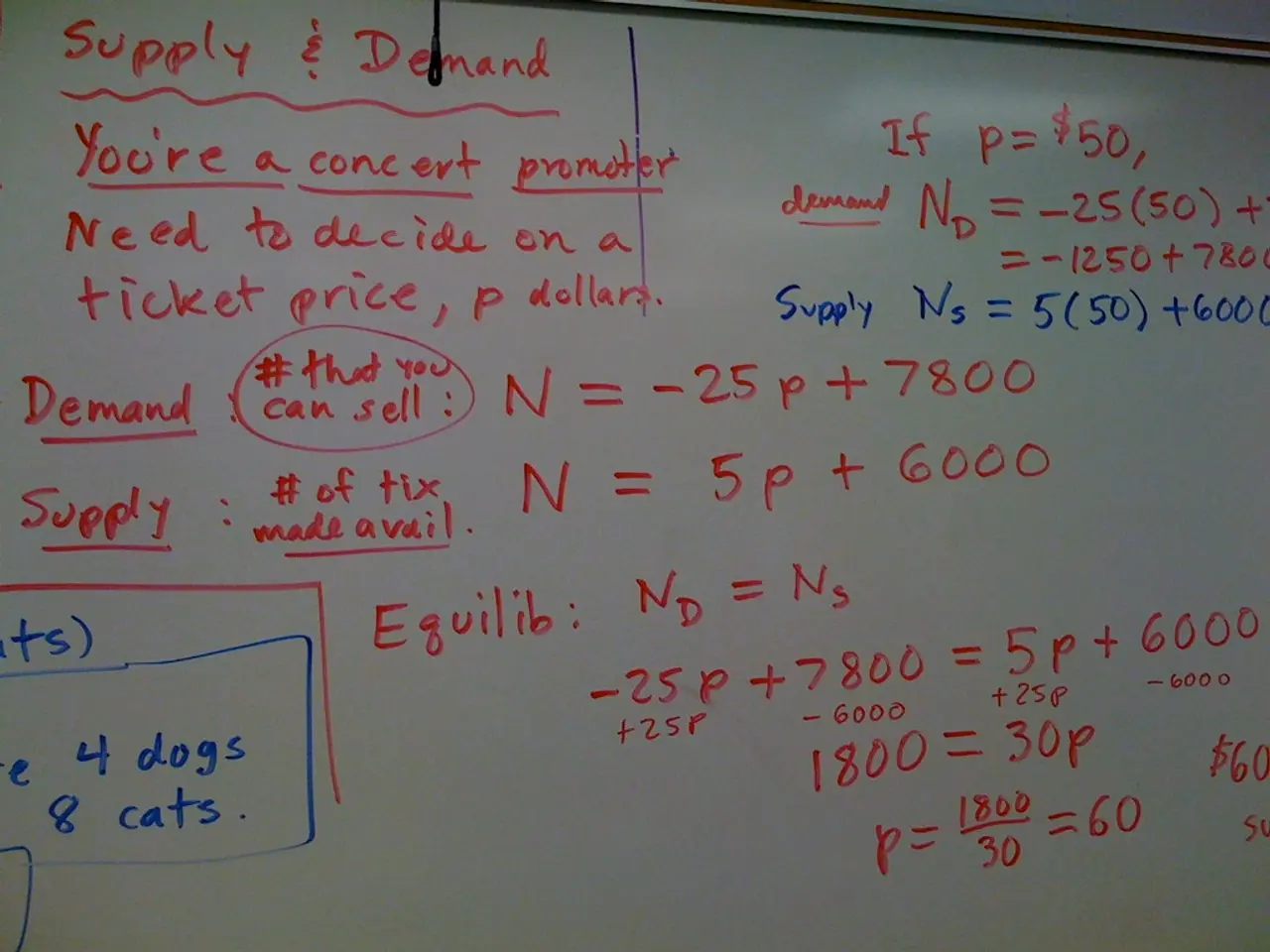Mazda succumbs to pressures, installing a touchscreen for the first time in the latest CX-5 model
The automotive industry is continually evolving, and Mazda is the latest manufacturer to join the touchscreen revolution. The Japanese carmaker has announced that its best-selling model, the CX-5, will feature a significant overhaul to its infotainment system, with a new 15.6-inch integrated touchscreen and Google built-in technology.
This new system will bring native Google Maps, Google Play Store apps, and soon, Google Gemini AI assistant for hands-free, natural voice control. The redesigned steering wheel has also been updated to allow drivers to control vehicle functions while keeping their hands on the wheel and eyes on the road.
The CX-5, along with its close sibling, the CX-50, accounts for more than 50% of Mazda's total volume. This move by Mazda is, therefore, a significant one, as they take a risk with this integration at this current time.
Comparing the new CX-5 infotainment system to industry standards, Mazda's new touchscreen matches or exceeds the size of competitors, boasting a 15.6-inch display. Google built-in is a strong move toward seamless, cloud-connected experiences, rivaling Hyundai/Kia’s use of Android Automotive and Mercedes’ MBUX with Hey Mercedes.
The AI voice assistant (Gemini) is positioned to compete with Amazon Alexa, Google Assistant, and BMW’s Intelligent Personal Assistant, though Mazda is late to the market with such features. The steering wheel controls are likely to be more intuitive, but specific details about the changes are not yet available.
The switch to a large, responsive touchscreen with Google services directly addresses criticisms of Mazda's older infotainment system, which was seen as less modern and visually engaging. The inclusion of Google built-in, AI voice control, and extensive app integration are in line with what many users now expect, especially younger, tech-savvy buyers who prioritize seamless smartphone integration and over-the-air updates.
However, some potential concerns remain. While the new CX-5 embraces touch, it's unclear how much physical redundancy (e.g., climate, audio knobs) is retained. There may also be a learning curve for loyal Mazda customers accustomed to the older interface.
In conclusion, Mazda's redesigned CX-5 infotainment system catches up to—and in some areas surpasses—industry standards. This positions Mazda much closer to leaders like Hyundai, Kia, and Volkswagen, who have recently emphasized large, connected displays and advanced voice control. The redesigned steering wheel, though details are pending, is likely optimized for this new interface.
As always, Mazda's driver-centric ethos remains a key consideration. It will be interesting to see how well the new touchscreen system balances modern technology with the brand's focus on occupant safety and driver engagement.
- The integration of Google built-in technology in Mazda's CX-5 infotainment system, including Google Maps, Google Play Store apps, and Google Gemini AI assistant, demonstrates Mazda's focus on staying competitive within the automotive industry, bringing the company closer to leaders like Hyundai, Kia, and Volkswagen in terms of technology.
- The recent update in Mazda's CX-5 infotainment system, which includes a large, responsive touchscreen and Google services, shows a foray into the finance technology sector, following trends similar to those seen in the smartphone and banking industries.




